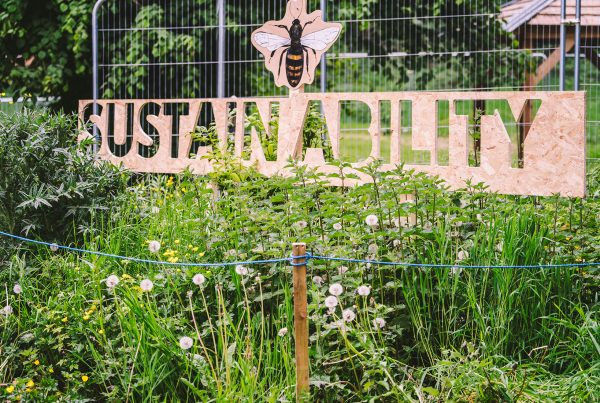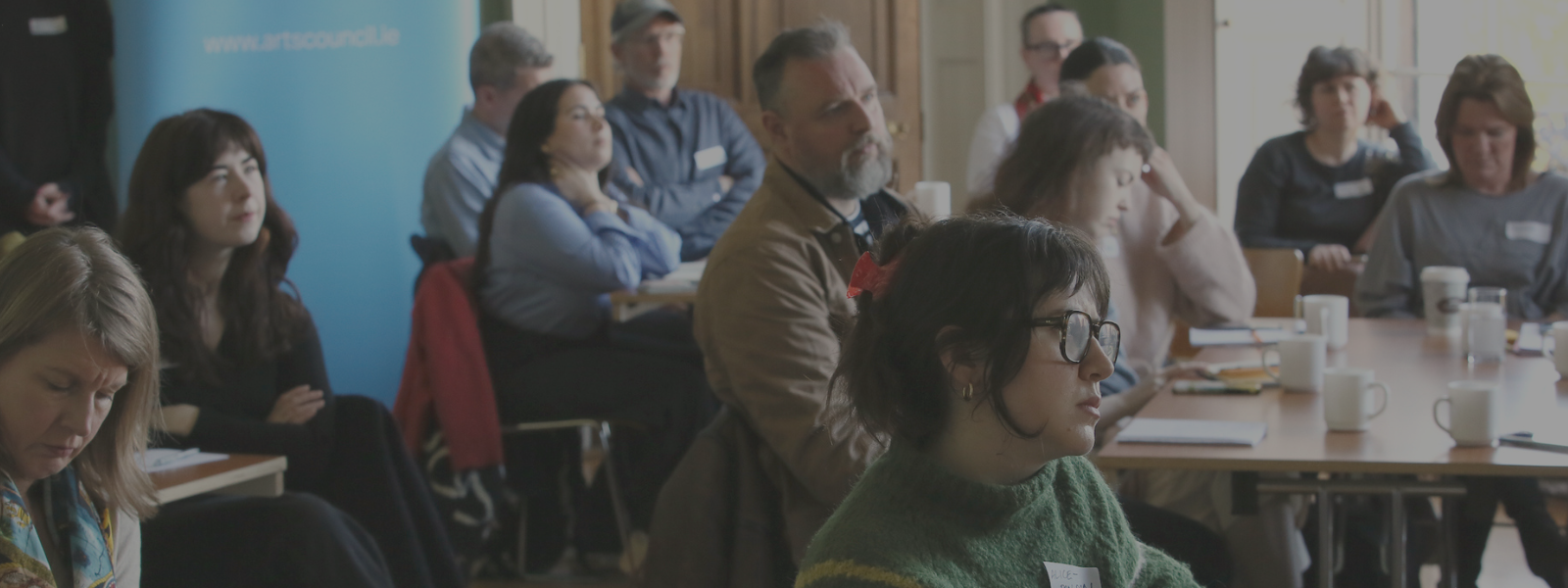In our first Native Connects Q&A we spoke with Maria Moynihan Lee, Director of Milestone Inventive who are behind the production of some of the most well-known local festivals and events in Ireland. Since 2011 Maria and her team have produced Galway’s Continental Christmas Market, which in 2022 attracted over 450,000 visitors and has been ranked in the top 10 Christmas Markets in the world.
With a desire to move Galway’s Christmas Market towards a more energy efficient and sustainable future, Maria and her team have joined up with Native Events to undergo a power management assessment which aims to reduce the event’s overall reliance on fossil fuel energy.
We’re delighted to be working with you this year on the energy assessment of Galway’s Christmas Market! We’d love to know – what inspired you to take these steps towards assessing the event’s environmental impact?
Knowing how much diesel we burn every year and watching both the quantity and cost of this increase so significantly, we have long been conscious of the need to look at every aspect of our dependency on inefficient generators and our consumption and explore alternatives. I attended a Fáilte Ireland Festivals workshop in November at which Megan presented and I instantly knew this was the route for us – a Eureka moment!
Over 400,000 people attended the Galway Christmas Market in 2022 – this is a huge number of visitors which no doubt requires a lot of energy to power lighting and stalls etc. Given the global energy crisis and the rising prices of electricity, did you notice a significant increase in running costs last year compared to previous years?
Our energy costs increased by 60% since last year. I would very definitely call that significant!
There are lots of different areas to assess when trying to improve an event’s environmental impact. What made you choose to focus on power management and energy supply at this year’s Christmas Market?
Galway City Council listened to us and invested heavily late last year in boosting the mains electricity supply to Eyre Sq for the benefit of all the events that take place there. Unfortunately, this was not ready in time to make an impact on this year’s market but knowing that it will be available to us for next year is quite a game changer. The prospect of going from as many as 5 noisy, smelly, often inefficient and environmentally unsustainable generators in the park to zero is tantalisingly close, but only if we can use the new mains electricity supply to its optimum and better control the loading on the new system. Also, no single other measure that we could possibly take would match the impact this will have.
What do you think is the most significant challenge for the events and local festivals industry becoming more sustainable?
I’m speaking only about outdoor events in public spaces here because that is where most of our experience lies.
The main challenge comes down to a fine balance between money and priorities. While it would make more economic sense to produce our events in sites with better services and infrastructure (like a sports stadium or racecourse), rather than a public park in a city centre, you risk losing the essence of the event – its intimacy, its connection to the community and local economy and you also risk incurring greater marketing costs. The event would be more environmentally sustainable, but a lot riskier! On the money side, we have often looked at the buy vs hire equation, which would have the advantage that we are not transporting essential equipment and infrastructure over long distances. However we always find that the storage, maintenance and insurance costs are prohibitive. It also remains the case to this day that in the design of the public realm the focus tends to be on the aesthetic and on the everyday individual uses of public spaces and not on the use of spaces for events, or on practical measures like the flexibility to temporarily remove obstacles (street furniture, bollards etc.), or the services that events require, including access to electricity in sufficient quantity. We end up having no other option but to use generators or to transport event infrastructure like staging, fencing, marquees and toilets long distances.
Can you share something from another event, festival or company that has inspired you to make a change within your own company?
If there is one thing that I know for sure, it is that ‘one size never fits all’! What works in one sunny summer festival, like say the use of solar power won’t work for our dark winter-time event. I love all the plastic glass collecting initiatives, but it so happens that our bars use glass and dishwashers.
Every festival and event is completely different, which is why the one and only thing that did actually inspire me was the prospect of working with Native Events and conducting an assessment of our power usage at Galway Christmas Market and developing a Smart Power Plan. Having heard Megan’s presentation at the recent Fáilte Ireland Festivals Workshop, I could immediately see how we were perfectly suited to getting strong results from this process, given the long duration of our event and the way in which we already monitor consumption. On top of that, the timing of the opportunity to make the new mains power work for us by eliminating generators in 2023, could not have been better. We’re very excited to receive the results so that we can start moving in all the new directions that are available to us and achieve that goal.
You have been involved in events in Ireland since 2000, starting out with the St. Patrick’s Festival in Dublin. What changes have you seen in attitudes from both festival organisers and attendees over these last two decades, when it comes to sustainability?
It is clear that by now everyone is aware of the need for change – everyone is interested – everyone has a desire for action and change BUT, while most are doing what they can, many are very frustrated by not being able to do more! Either we don’t have the money or, we don’t have the security of knowing that we have continuity, or we don’t know our amps from our watts and our volts!
You work with some of the biggest cultural events and festivals in the country, including Culture Night and Cruinniú na nÓg. Would you like to see more appetite for sustainable practices brought into the production of these events and similar?
Yes, of course and as National Coordinator for both, accounting for a massive, combined total of 2,500 events nationwide, part of our role is to support the capacity development of the stakeholders and partners in these events including in the application of sustainable practices.
We know that the appetite is already there. The key however is that the sustainable practices must be applicable to them For example, there’s no point in suggesting to a rural community event that they promote the use of public transport, when it is just not available.
And finally… You have been involved in festival and event production in Ireland for over twenty years and are now Managing Director of Milestone. Have you drawn professional inspiration from other women, either in a similar field or a totally different area. And if so, can you tell us who has inspired you.
In a totally different area, I have become fascinated with the Wellbeing Economy Governments Partnership comprising Scotland, New Zealand, Wales, Iceland and Finland, of which all, bar one, are also notable for having female Prime Ministers. The partnership is founded on the recognition that development in the 21st century entails delivering human and ecological wellbeing. It is that kind of bold, outside the box, common-sense thinking that inspires me.
Professionally however, I am very wary of the risk of falling into the trap of only seeking inspiration from other women – too far east is west – and I am already too conscious of the polarisation within our sector. Milestone is female dominated and I’d rather we weren’t. A balance of opinion, knowledge and views is incredibly important. If nothing else, for simple practical reasons – in December, we, in conjunction with our clients, who also happened to be an all-female team, managed to schedule an event for the exact day and time of the World Cup Final! You miss too much when you’re only looking in one direction and through one lens!
____________________________________________________________________________________________
Find Maria on LinkedIn
Find Milestone Inventive on:







